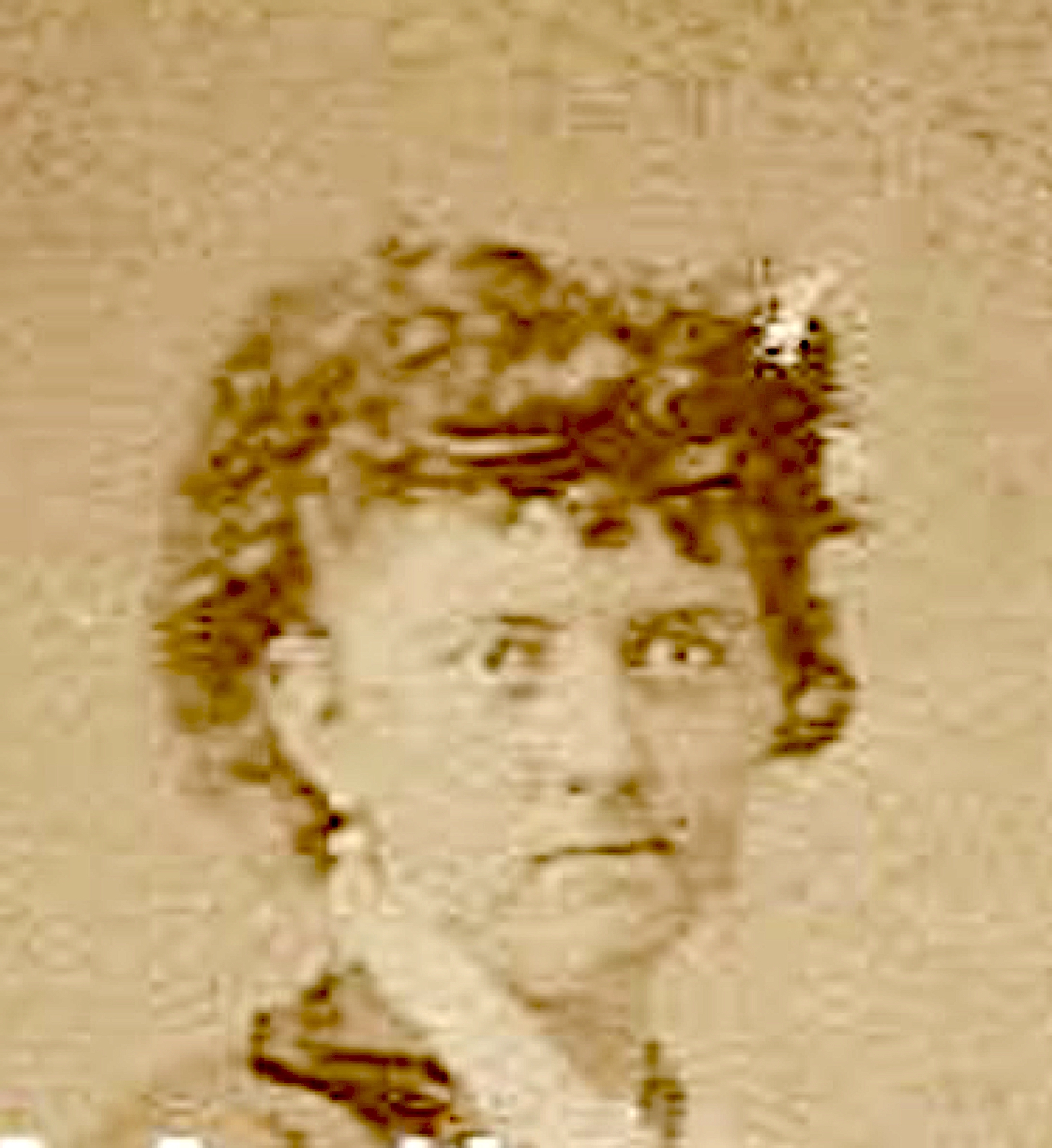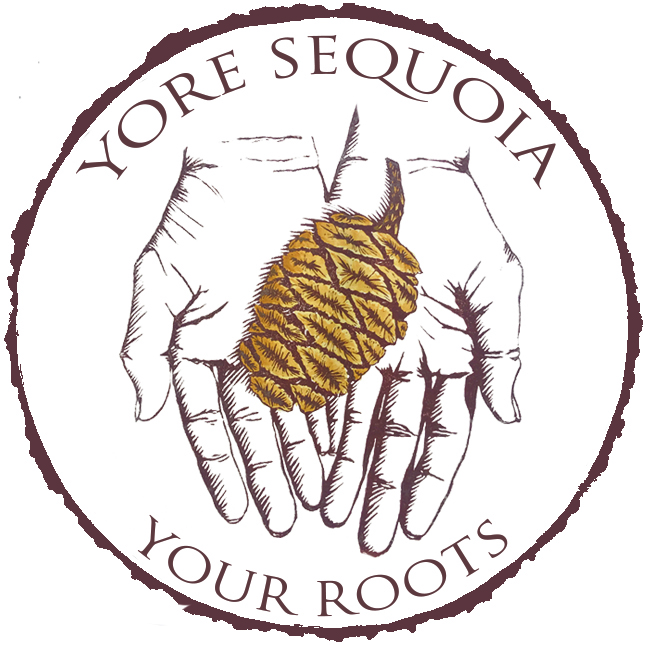Part Two: Steely Blue
By Laile Di Silvestro. Published March 2025.
This is Part Two of a multi-part series by historical archaeologist Laile Di Silvestro. The series commenced with an astonishingly bold act—two women staking a claim in the remote Mineral King Mining District in what is now Sequoia National Park. The tale unfolds in California in the second half of the 19th century. It was place and time where women struggled to thrive within power structures that favored unscrupulous men. It is a true story. Read Part One HERE.
Appearances matter. When the man who murdered Edwin G. Gilkey was brought out for his pardon hearing, he didn’t have to say a word. He was simply presented so that the prison directors could gaze upon his small stature. It was assumed obvious that the man was harmless and had acted in self defense.
The Gilkey men weren’t harmless. Most didn’t live long enough for their appearance to be officially recorded, however. The ones who did were of average stature (5’6” to 5’9”) with light to auburn hair, fair skin, prominent noses, blue or steel gray eyes, and small mouths with thin lips. As elderly men, they had the slender frame of those who have labored their entire lives. A scar on the side of a nose may have attested to a pugilistic bent.
The next generation of Gilkey males stood out, however, towering above their contemporaries at 5’10” and 6’. We may never know to what extent this was due to the introduction of robust maternal genes or the introduction of prunes to the diet.
But what about the women, you ask? How shall we imagine 43-year-old Ellen Gilkey and her teenage daughter Lizzie on July 5, 1877 as they staked their silver claim in Mineral King? Ellen was an O’Sullivan of pure Irish ancestry. If the photo of Lizzie’s sister Lydia Melissa is an indicator, Lizzie may have had the fair skin and curly auburn hair of her Irish mother. Given the blue eyes of her Gilkey parentage and the phenotypical eyes of the Irish, Lizzie may have gazed out at Sawtooth Peak and squinted at sparkling stones through eyes of startling azure.
Lizzie didn’t inherit Gilkey genes alone. She inherited a close extended family. Justus and Amy, their adult sons, and their families mined and farmed in relative proximity in the Sonora area, and then migrated together to the Watsonville area in Monterey County. When one Gilkey returned to Sonora to mine, others joined him and all stayed in close touch. When John Gilkey died, his brother Joseph stepped in to help the family. Lizzie and her cousins may have shared a sigh of relief at John’s death.
Lizzie’s parents Edwin and Ellen separated from the family in 1870, however, potentially escaping a feud that was to take Melvin Gilkey’s life only a few years later. They didn’t travel far enough to escape the Gilkey men’s murderous temperament, however… or the bottle.
Steel yourself. It is almost time to get to know the Gilkey men better.

To be continued…
Read Part 3.
Read the entire series here.
Sources:
Census records (Monterey County, CA; Tulare County, CA; Tuolumne County, CA)
Voter Registers (Alameda County, CA; Fresno County, CA; Monerey County, CA; Tulare County, CA, Tuolumne County, CA)
Newspaper articles (Schiro, F. “Pleas for Mercy: Imprisoned Convicts Who Want Their Liberty.” in San Francisco Daily Examiner, 18 July 1885, p. 3)
